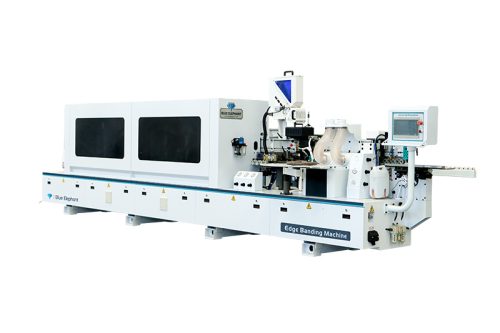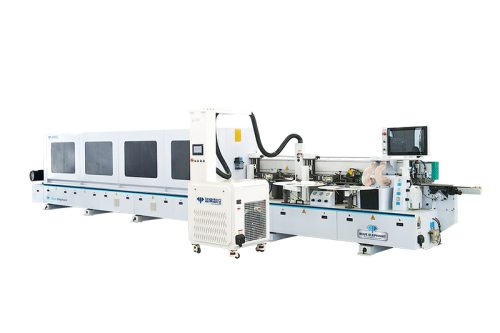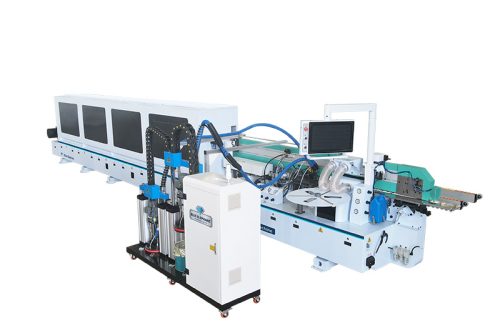I once bought a CNC lathe that seemed perfect—great specs, glowing reviews, and a strong sales pitch. But when do I put it to work? Sloppy cuts, endless breakdowns, and impossible-to-find parts.
That mistake cost me time, money, and a lot of frustration.
Since then, I’ve tested and compared many CNC lathes. Some fail under real pressure. Others work smoothly for years. The key is knowing what actually matters before you buy.
This guide will help you do just that. I’ll break down 6 CNC lathe machines that stand out in performance, durability, and precision, so you can pick the right one with confidence.
So let’s dive in!
1. Quick Comparison Chart
Choosing the right CNC lathe depends on your needs, budget, and production goals. This quick comparison chart breaks down the key features of each machine, making it easier to see which one fits your shop best.
| CNC Lathe | Swing Over Bed | Spindle Speed (RPM) | Max Turning Diameter | Automation Level | Best For | Limitations |
| HAAS ST-10 | 16.5 inches | 6,000 | 14 inches | Semi-automatic (robotic optional) | Small machine shops, prototyping | Not suited for large-diameter turning, limited tool capacity |
| DMG MORI NLX 2500 | 20 inches | 4,000 | 14 inches | Fully automatic with robotic loader | Aerospace, automotive, high-precision production | Higher cost, requires skilled operators |
| Blue Elephant CNC Wood Lathe | 12 inches | 3,500 | 10 inches | Fully automatic with ATC | Custom woodworking, furniture production | Not suitable for metal machining, less rigid than metal lathes |
| Mazak QUICK TURN 250MSY | 18 inches | 4,500 | 14 inches | Fully automatic with live tooling | Aerospace, medical, high-precision machining | Expensive, requires skilled operators |
| Okuma GENOS L3000-e | 20 inches | 3,500 | 15 inches | Optional robotic automation | Automotive, heavy machinery parts | Slower spindle speed, larger footprint |
| Doosan PUMA 2100SY | 18 inches | 4,200 | 12 inches | Semi-automatic with sub-spindle | Small to mid-sized fabrication shops | Limited automation compared to high-end CNC lathes |
| Tormach 15L Slant-PRO | 10 inches | 3,500 | 6 inches | Manual with optional ATC | DIY CNC machining, small-scale prototyping | Not built for high-volume industrial work |
2. HAAS ST-10
I remember the first time I saw the HAAS ST-10 in action. A friend in the industry had just set one up in his small shop. His old lathe took up too much space, and he needed something compact but powerful. The ST-10 was his answer.
At first glance, it doesn’t look like much—small, sturdy, and unassuming. But once it starts cutting, you realize it’s built for serious work.
The HAAS ST-10 is designed for tight spaces without sacrificing performance. It’s ideal for shops machining small to medium-sized parts that demand precision. Whether you’re prototyping, making custom parts, or running light production jobs, this lathe delivers.
It’s a good fit for job shops that take on a variety of projects. It handles aluminum, steel, and stainless steel, making it versatile for different industries. And since it’s semi-automatic, you can speed up production with optional robotic integration.
Key Specifications
- Swing Over Bed: 16.5 inches
- Spindle Speed: 6,000 RPM
- Max Turning Diameter: 14 inches
- Automation Level: Semi-automatic (robotic integration available)
- Supported Materials: Aluminum, steel, stainless steel
- Software Compatibility: Haas CNC control, G-code-based
What Makes It Stand Out?
Some CNC lathes are too big, too slow, or too expensive. The ST-10 hits the sweet spot—a compact machine with high machining power.
Here’s why it’s worth considering:
- Small Footprint, Big Performance: Fits in tight spaces while delivering precise cuts.
- 6,000 RPM Spindle: High-speed turning for smooth finishes.
- Budget-Friendly: More affordable than large production lathes.
A friend of mine bought one when he transitioned from manual lathes. At first, he wasn’t sure if it had enough power for his parts. But after a few jobs, he realized it cut faster, smoother, and more accurately than his old setup.
Best For & Limitations
✅ Best For:
- Small machine shops with limited space.
- Prototyping and short production runs.
- Machinists who need precision without the cost of a full-production CNC lathe.
❌ Limitations:
- Not for Large-Diameter Turning: The max turning diameter is 14 inches, which may be restrictive.
- Limited Tool Capacity: Can’t hold as many tools as a full-production lathe.
If you need a powerful yet compact CNC lathe, the HAAS ST-10 is worth a look. It’s small but capable, fast but precise, and affordable compared to bigger machines. For many machinists, it’s a game-changer.
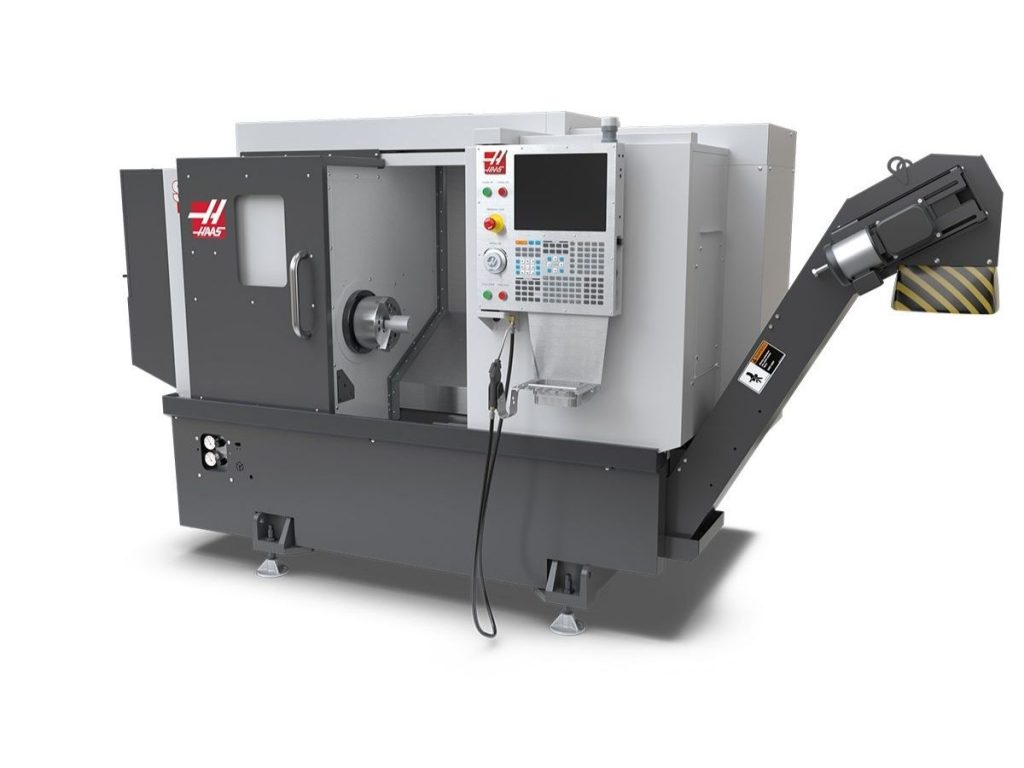
3. DMG MORI NLX 2500
I once worked with a shop that swore by their DMG MORI NLX 2500. They ran production all day, every day, pushing the machine hard. Even after years of use, it held its precision like it was fresh off the factory floor. That’s what sets this lathe apart—it’s built for the long haul.
The DMG MORI NLX 2500 is a high-performance CNC lathe made for shops that need speed, accuracy, and durability. It’s not a machine for hobbyists or small-scale jobs. This is for serious production work, handling complex parts and tough materials with ease.
It’s a popular choice in aerospace, automotive, and medical industries, where precision isn’t optional. If you need tight tolerances, smooth finishes, and repeatable results, this lathe delivers.
Key Specifications
- Swing Over Bed: 20 inches
- Spindle Speed: 4,000 RPM
- Max Turning Diameter: 14 inches
- Automation Level: Fully automatic, robotic loader compatible
- Supported Materials: Steel, titanium, aluminum, and composite materials
What Makes It Stand Out?
There are plenty of CNC lathes out there, but the NLX 2500 has a few things that make it special:
- Rigid, Stable Design: Cuts smoothly even at high speeds.
- Advanced Tool Turret: Handles complex machining without slowing down.
- Hybrid Structure: Built to last, even under heavy production loads.
I once watched a machinist push this lathe on a titanium aerospace part. Normally, cutting titanium can be a headache—vibration, heat buildup, and tool wear. But the NLX 2500 stayed rock solid, cutting clean without chatter. That’s the kind of performance you need for high-value parts.
Best For & Limitations
✅ Best For:
- High-volume production with tight tolerances.
- Aerospace, medical, and automotive manufacturing.
- Shops that need reliability for difficult materials like titanium.
❌ Limitations:
- Higher Cost: It’s more expensive than entry-level models.
- Skilled Operation Required: To get the most out of it, you need experienced machinists.
If you need a CNC lathe that delivers speed, accuracy, and long-term durability, the DMG MORI NLX 2500 is a solid investment. It’s not for beginners, but in the right hands, it’s a powerhouse.
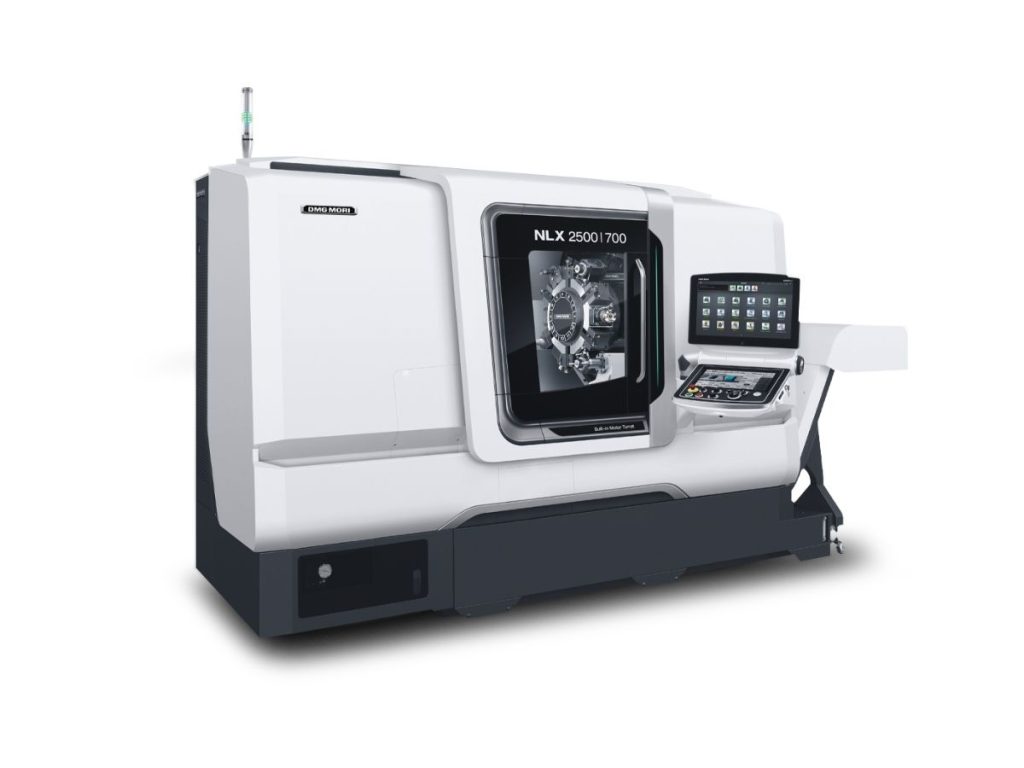
4. CNC Wood Lathe With Automatic Tool Changer
Woodworking has come a long way. I remember watching an old-school woodturner shape chair legs by hand. The skill was impressive, but the process was slow. Now, with CNC wood lathes, you can get the same craftsmanship in a fraction of the time.
The CNC Wood Lathe with Automatic Tool Changer from Blue Elephant is designed specifically for wood turning applications. It’s a game-changer for furniture makers, woodworking businesses, and craft industries that need both precision and speed.
Instead of manually switching tools, this machine does it automatically. That means faster setups, smoother workflows, and less downtime between cuts. Whether you’re making custom furniture or decorative wooden pieces, this lathe keeps production moving.
Key Specifications
- Swing Over Bed: 12 inches
- Spindle Speed: 3,500 RPM
- Max Turning Diameter: 10 inches
- Automation Level: Fully automatic with ATC (Automatic Tool Changer)
- Supported Materials: Wood, MDF, acrylic
What Makes It Stand Out?
Woodworking lathes can be limiting, but this one offers more flexibility:
- Handles Intricate Wood Designs: Perfect for furniture and decorative pieces.
- Speeds up Production: The automatic tool changer reduces setup time.
- Reduces Manual Labor: More automation means higher efficiency.
A friend of mine, who runs a small furniture shop, switched from a manual lathe to this CNC model. His production time was cut in half, and his hands didn’t ache at the end of the day. That’s the difference automation makes.
Best For & Limitations
✅ Best For:
- Custom woodworking businesses that handle detailed designs.
- High-volume furniture production where speed matters.
❌ Limitations:
- Not for Metal Machining: This lathe is only for wood, MDF, and acrylic.
- Less Rigid Than Metal CNC Lathes: It’s designed for wood, so it can’t handle the same forces as a heavy-duty metal lathe.
If you need precision, speed, and efficiency in woodworking, the Blue Elephant CNC Wood Lathe with Automatic Tool Changer is a strong choice. It brings craftsmanship and automation together, making life easier for woodworkers who want to scale up production.
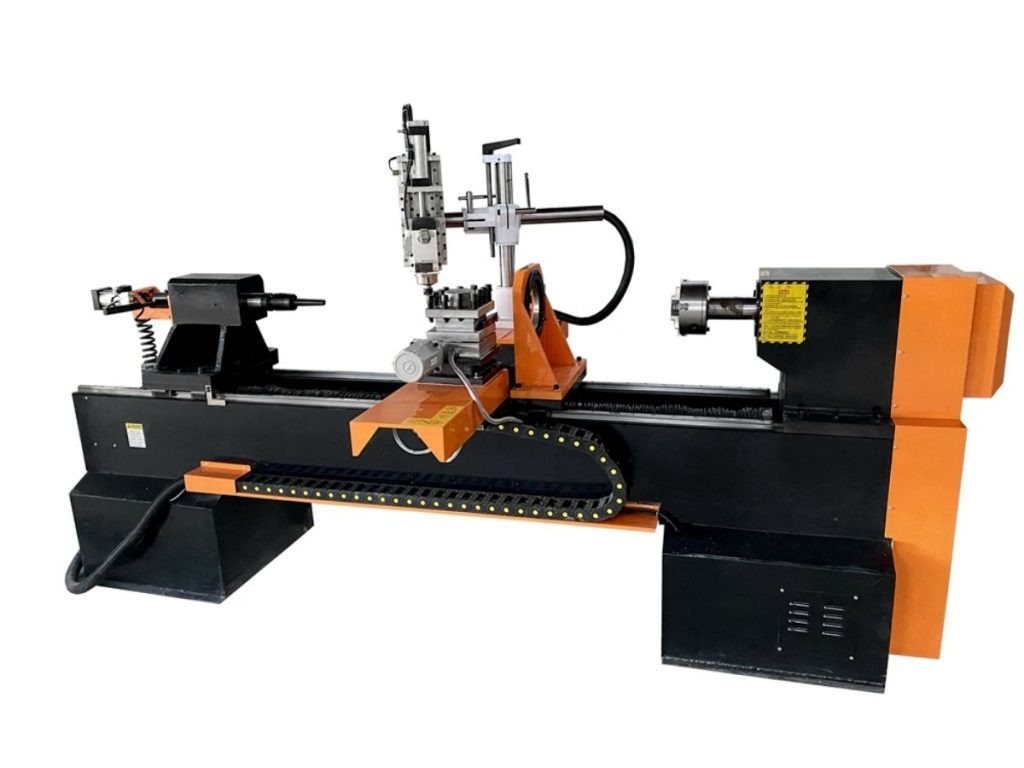
5. Mazak QUICK TURN 250MSY
Not all CNC lathes can handle milling and turning in one setup, but the Mazak QUICK TURN 250MSY does. A machinist I know switched to this model after struggling with separate machines for different operations. His workflow became faster, smoother, and more precise overnight.
The Mazak QUICK TURN 250MSY is built for complex part manufacturing. It’s not just a lathe—it’s a multi-axis machining center that combines turning, milling, and drilling in one machine.
For shops that need precision, flexibility, and efficiency, this model is a strong choice. It’s widely used in aerospace and medical industries, where tight tolerances and complex geometries are common.
Key Specifications
- Swing Over Bed: 18 inches
- Spindle Speed: 4,500 RPM
- Max Turning Diameter: 14 inches
- Automation Level: Fully automated with live tooling support
- Supported Materials: All metals, including hard-to-machine alloys
What Makes It Stand Out?
Many CNC lathes require separate setups for milling and turning, but this one combines both into a single operation. That means:
- Less downtime – No need to switch machines for secondary operations.
- Live tooling – Handles drilling, milling, and turning without extra setups.
- Mazatrol SmoothG control – A powerful system that simplifies programming.
I once saw a shop use this lathe to cut a high-precision titanium aerospace part. Normally, that would take multiple setups across different machines. The 250MSY did it all in one go, cutting production time in half.
Best For & Limitations
✅ Best For:
- High-precision machining in aerospace, medical, and high-performance manufacturing.
- Shops needing multi-axis capabilities for complex parts.
❌ Limitations:
- Expensive upfront cost – High-end performance comes at a price.
- Requires skilled operators – Multi-axis control takes experience to master.
If you need a CNC lathe that does more than just turning, the Mazak QUICK TURN 250MSY is worth considering. It’s an investment, but for the right shop, it pays off in precision, efficiency, and reduced setup time.
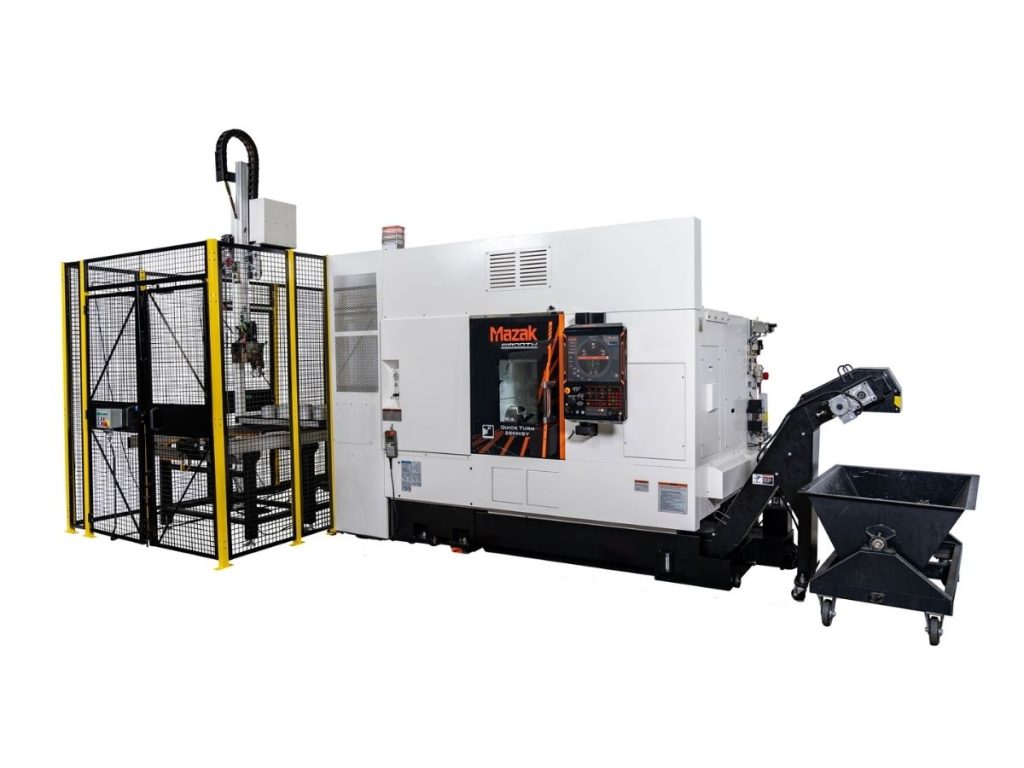
6. Okuma GENOS L3000-e
Heavy-duty machining requires a lathe that can take a beating. The Okuma GENOS L3000-e is built for that kind of work. One shop I visited ran this machine non-stop for months, cutting thick steel parts with tight tolerances. It handled the workload without missing a beat.
The Okuma GENOS L3000-e is designed for industrial environments where precision and durability matter. It’s not a lightweight machine—it’s built for cutting steel, iron, and other hard metals with ease.
Thermal stability is a big factor in machining. If a lathe shifts even slightly due to heat, parts come out wrong. The L3000-e stays rock solid, making it ideal for large, high-tolerance production runs.
Key Specifications
- Swing Over Bed: 20 inches
- Spindle Speed: 3,500 RPM
- Max Turning Diameter: 15 inches
- Automation Level: Optional robotic automation available
- Supported Materials: All ferrous and non-ferrous metals
What Makes It Stand Out?
Some lathes struggle with heavy cuts and long production cycles, but this one is built for it:
- Rigid Box Way Construction: Provides stability for heavy-duty machining.
- Advanced Okuma Osp Control: Simplifies programming and precision adjustments.
- Reliable for Mass Production: Stays consistent over long production runs.
One machinist I spoke with swears by this lathe for automotive and heavy machinery parts. He used to run a smaller machine but struggled with vibrations and tool wear. After switching to the GENOS L3000-e, his scrap rate dropped, and his tools lasted longer.
Best For & Limitations
✅ Best For:
- Automotive and heavy machinery parts requiring durability.
- Shops handling tough materials like hardened steel.
❌ Limitations:
- Slower Spindle Speed: Not as fast as high-speed precision lathes.
- Large Footprint: Takes up more space than compact CNC models.
For those working with heavy metals and demanding jobs, the Okuma GENOS L3000-e is a solid choice. It’s built to last, handles tough cuts, and delivers consistent results—even in the harshest conditions.
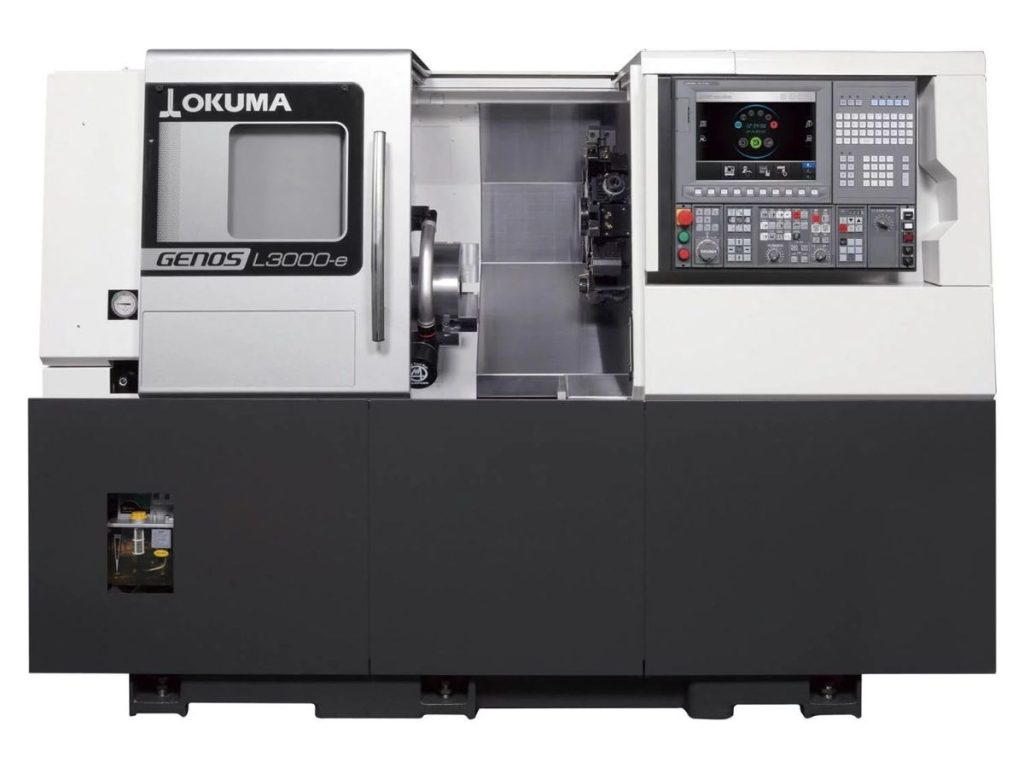
7. Doosan PUMA 2100SY
Finding the right CNC lathe isn’t always about raw power. Sometimes, efficiency and precision matter more than sheer size. That’s what makes the Doosan PUMA 2100SY a great choice for shops handling mid-sized production runs.
The PUMA 2100SY is designed for precision metal cutting with a high-speed turret and sub-spindle. These features allow for faster cycle times and help reduce manual handling.
It’s a strong option for fabrication shops working with stainless steel, titanium, and brass. If your projects involve detailed parts that require both turning and milling, this lathe provides versatility without taking up too much space.
Key Specifications
- Swing Over Bed: 18 inches
- Spindle Speed: 4,200 RPM
- Max Turning Diameter: 12 inches
- Automation Level: Semi-automatic with sub-spindle automation
- Supported Materials: Stainless steel, titanium, brass
What Makes It Stand Out?
Some CNC lathes are built for bulk production, but this one is optimized for precision work. Its standout features include:
- Fast Tool Changes: Keeps production moving smoothly.
- Heavy-Duty Frame: Reduces vibration for cleaner, more accurate cuts.
One shop I visited was struggling with inconsistent part finishes on stainless steel components. Their older lathe lacked the stability needed for fine detail work. Once they upgraded to the PUMA 2100SY, their reject rate dropped, and production speed increased. The improved rigidity made all the difference.
Best For & Limitations
✅ Best For:
- Small to mid-sized metal fabrication shops that need efficiency and accuracy.
❌ Limitations:
- Limited Automation: Doesn’t have full robotic integration like high-end CNC lathes.
For shops needing a balance of speed, precision, and stability, the Doosan PUMA 2100SY is a solid investment. It’s not the biggest or the fastest, but for detailed metalwork, it delivers reliable performance with minimal waste.
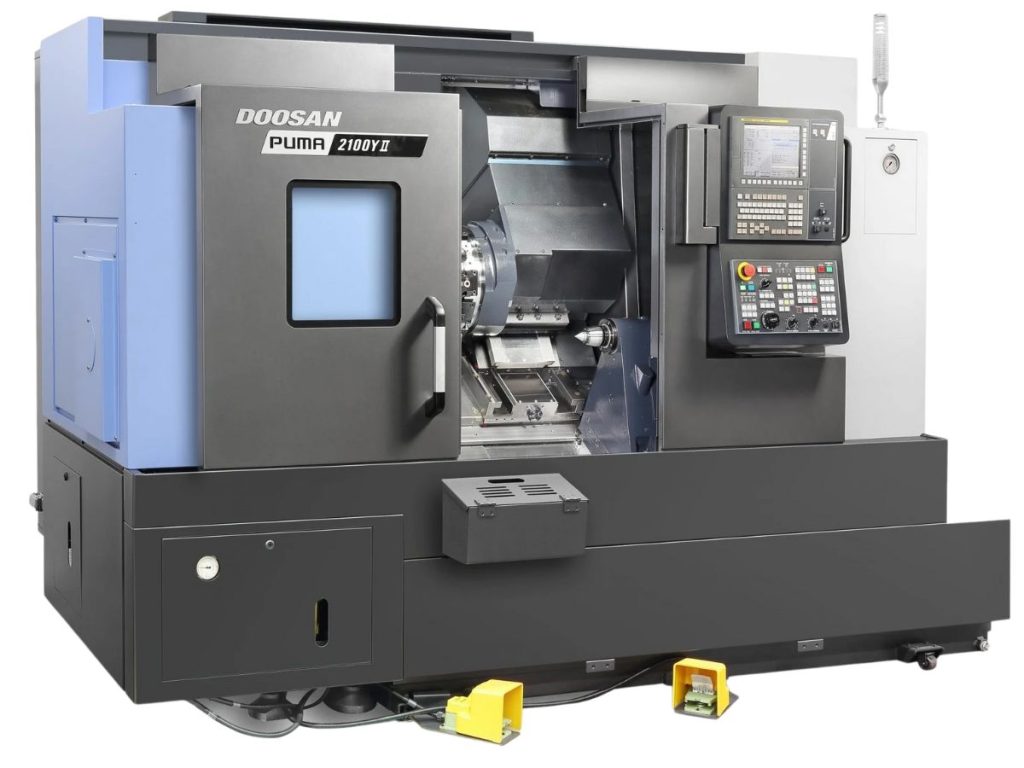
8. Tormach 15L Slant-PRO
Not everyone needs a massive CNC lathe. Some shops just need something simple, reliable, and affordable. That’s where the Tormach 15L Slant-PRO shines.
This lathe is built for small workshops, DIY machinists, and prototyping. It’s a great entry-level machine because it’s easy to use, doesn’t take up much space, and won’t drain your budget.
I’ve seen shops outsource simple turning jobs just because they didn’t have the right machine. That adds up—both in cost and lost time. With the 15L Slant-PRO, you can handle those jobs in-house without needing a massive production lathe.
It’s great for aluminum, brass, and plastics, so whether you’re making custom parts, testing designs, or running a small shop, it can get the job done.
Key Specifications
- Swing Over Bed: 10 inches
- Spindle Speed: 3,500 RPM
- Max Turning Diameter: 6 inches
- Automation Level: Manual with optional ATC (Automatic Tool Changer)
- Supported Materials: Aluminum, brass, plastics
What Makes It Stand Out?
If you’re looking for an industrial powerhouse, this isn’t it. But if you need something compact, efficient, and easy to operate, this lathe delivers.
- Small But Capable: Fits in tight spaces and is perfect for small-batch production.
- Budget-Friendly: Costs far less than industrial CNC lathes.
- Beginner-Friendly: Simple setup and operation make it ideal for learning.
A friend of mine, who started with a manual lathe, upgraded to the 15L Slant-PRO when he got serious about CNC. He wasn’t sure if it could handle his workload, but after a few projects, he realized he could cut parts faster, more accurately, and with less effort. It saved him time and helped him take on more orders.
Best For & Limitations
✅ Best For:
- DIY CNC machinists who want an affordable, beginner-friendly machine.
- Small shops and prototyping that don’t need full industrial power.
❌ Limitations:
- Not for High-Volume Production: It’s built for small jobs, not heavy-duty machining.
If you need a solid CNC lathe that won’t break the bank, the Tormach 15L Slant-PRO is a smart choice. It’s a great way to bring CNC capabilities into a small shop without overcomplicating things.

Conclusion
Every shop is different. Some need precision for aerospace parts, others need affordable machines for small runs.
That’s why this list includes a mix of high-end and entry-level lathes. The question is: which one fits your goals?
Take a moment to think about your space, budget, and production needs. The right lathe can change everything, just like it did for me.
If you’re ready to make a move, reach out today. Let’s find the right CNC lathe for you.


